Faculty Projects
Previously Funded Projects
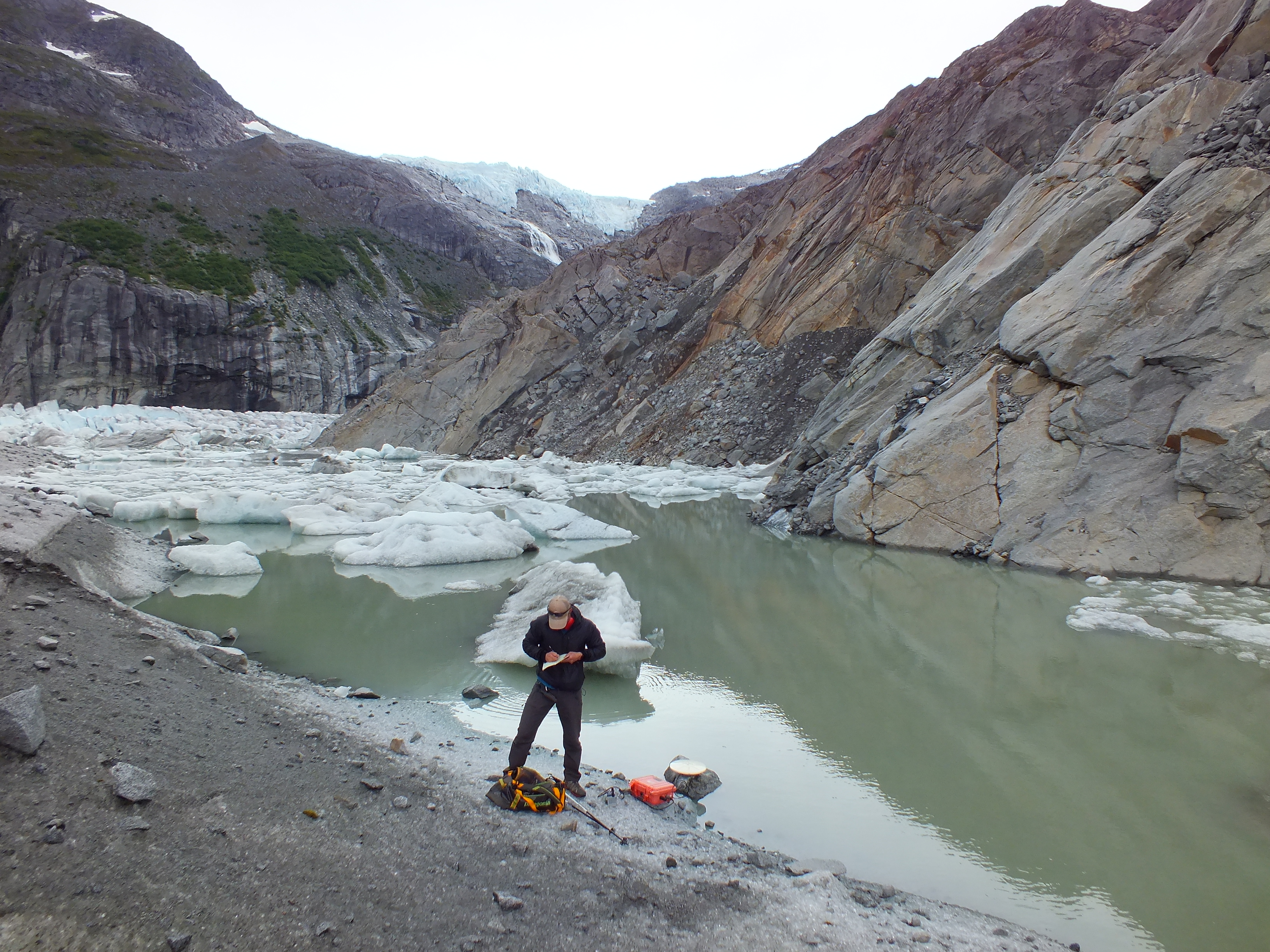
Avalanches as Public Hazards and Agents of Landscape Change in Southeast Alaska
Principal Investigator: Eran Hood, Ph.D.
- Funding Source: Alaska Climate Adaptation Science Center: $150,000
It is critical to develop a better understanding of avalanches and the processes leading to avalanche formation in the City and Borough of Juneau (CBJ). An important step in filling knowledge gaps related to avalanche processes in the CBJ is linking avalanche incidence and magnitude with synoptic-scale patterns, and evaluating their frequency in the climatological record. This information would greatly aid local and regional avalanche forecasting operations and facilitate updates to local avalanche hazard maps. Juneau provides an ideal laboratory for studying avalanches and associated climate and weather patterns given its unique urban avalanche threats and, in the context of Alaska, continuous, long-term (>70 yrs) datasets on climate, snowfall and winter precipitation. Understanding the spatiotemporal behavior of avalanches and the contributory climate and weather factors in Juneau will ultimately improve avalanche forecasting efforts, including operations involving avalanche terrain that impacts transportation, utility and mining corridors. This study aims to answer the following questions:
• What is the regional and path specific frequency of large magnitude avalanches in the City and Borough of Juneau?
• Are there specific synoptic weather patterns that are associated with broad-scale avalanche incidence clusters and large scale magnitude events identified in the historical record (derived from tree cores)?
• Are there identifiable relationships between avalanche incidence and specific teleconnections including: ENSO, AO, PDO?
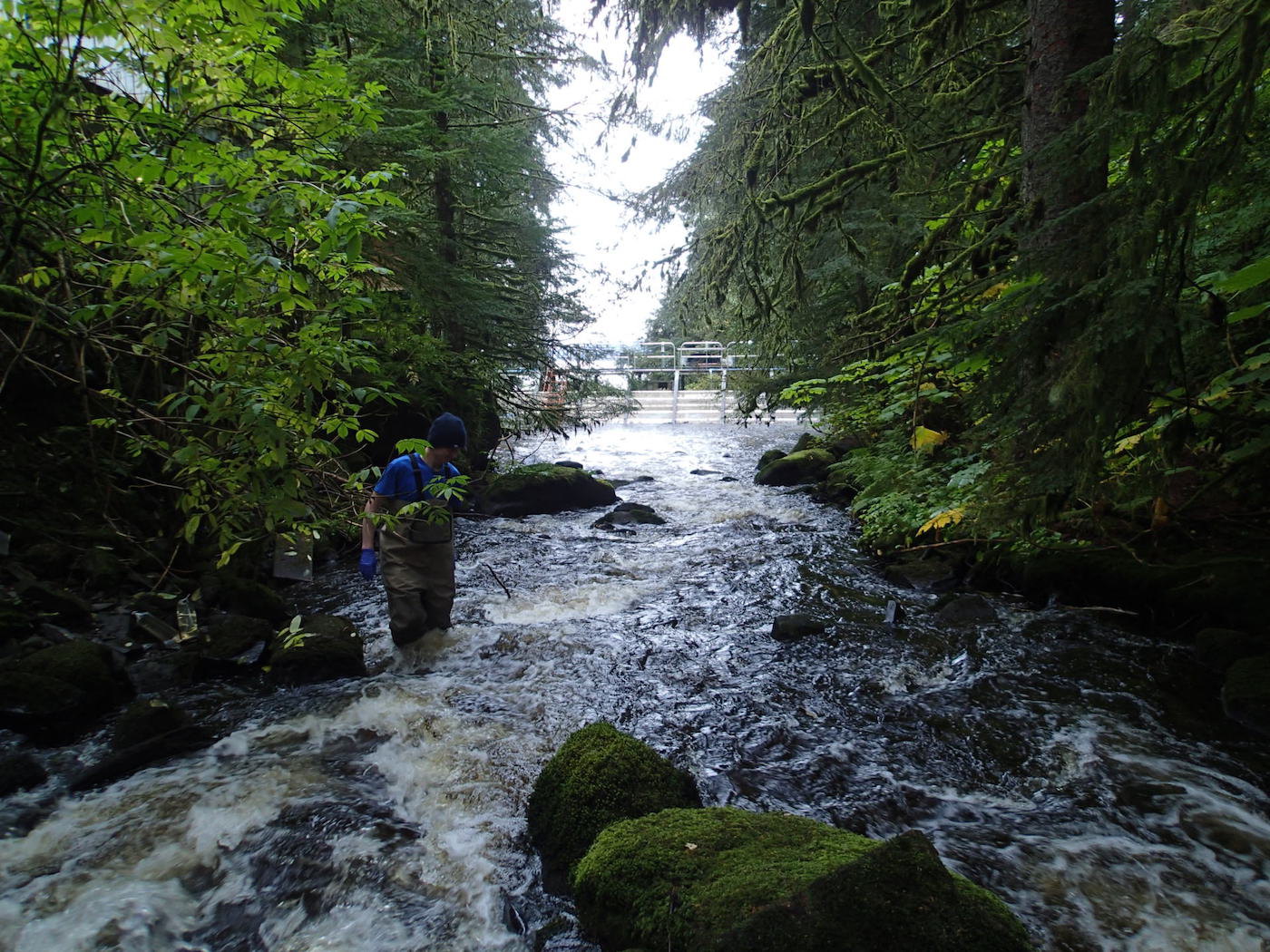
Stream temperature as vital indicator
Principal Investigator: Eran Hood, Ph.D.
- Funding Source: U.S. Forest Service: $22,600
The University of Alaska Southeast (UAS) has partnered with the U.S. Forest Service (USFS) and the Southeast Alaska Watershed Council (SAWC) to monitor stream temperature across southeast Alaska. The Southeast Alaska Freshwater Temperature Monitoring Network currently contains around 60 active stream temperature sites managed by UAS, USFS, SAWC, and other partner agencies and tribes. Stream temperature is a vital indicator variable for stream health and morphology, particularly in the context of predicted climate warming in the region. UAS researchers provide oversight of all aspects of data collection and archiving for the network. A UAS research technician coordinates directly with USFS and external collaborators to maintain and download data from existing stream temperature network sites. The goal of the network is to collect stream temperature data that meet the information needs of individual cooperators while simultaneously generating data that contributes to an understanding of regional stream temperature patterns and trends.
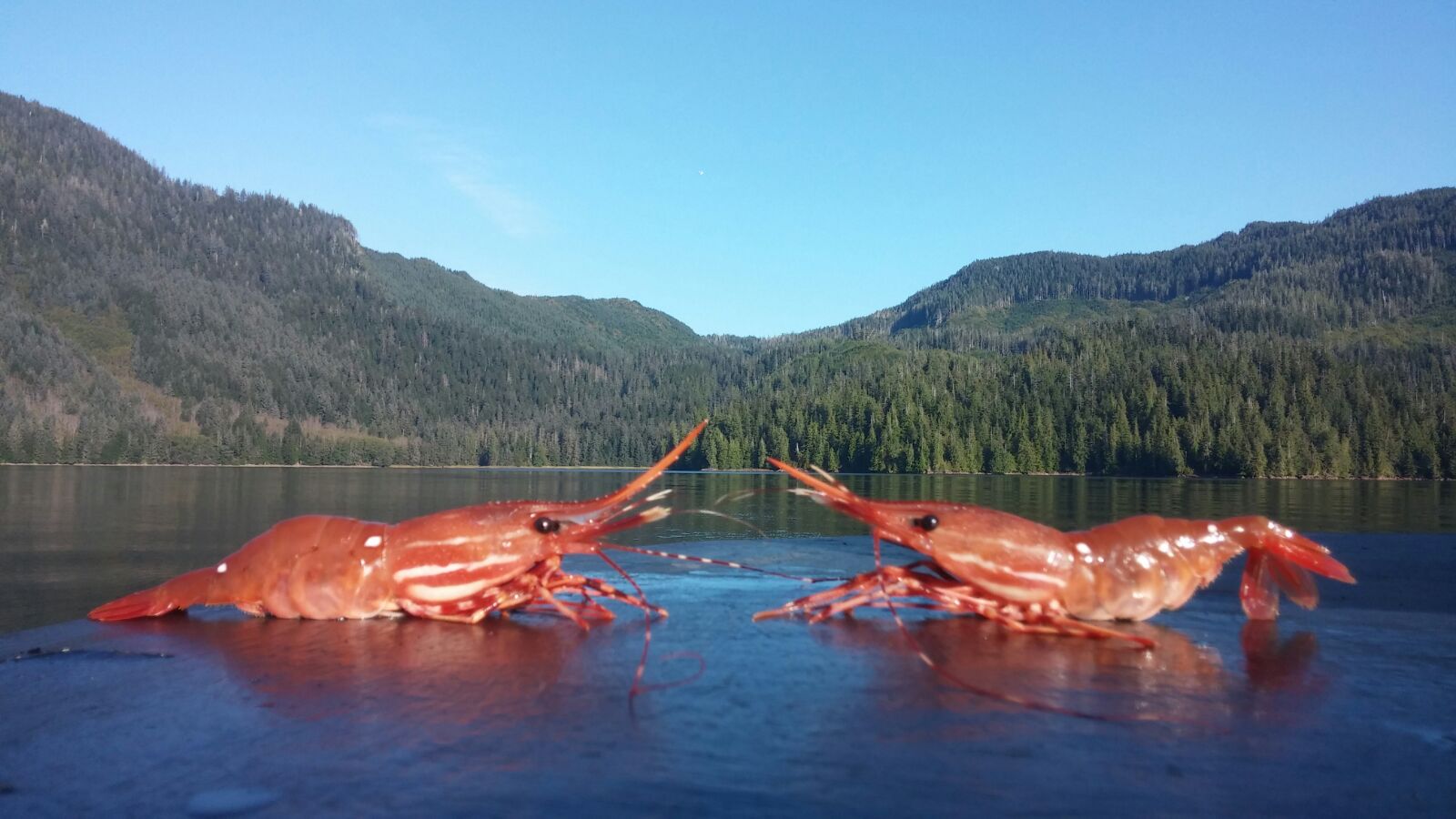
Controlling Sexual Differentiation in a Crustacean
Principal Investigator: Sherry Tamone, Ph.D.
- Funding Source: Binational Science Foundation: $92,000
Sexual differentiation and reproduction in the animal kingdom is highly diverse. Crustaceans exhibit several sexual differentiation strategies all of which are thought to involve the control of an endocrine gland named the androgenic gland which secretes an insulin-like androgenic gland hormone (IAG) responsible for maleness as opposed to femaleness. Thus, we could refer to this system as the “switch” between femaleness and maleness, termed the IAG-switch. To study this IAG-switch we intend to apply novel approaches to find genes related to sexual determination in a shrimp species that as an adult is initially a reproductive male prior to becoming a reproductive female. The Northern spot shrimp Pandalus platyceros found in Alaska is such a species in which every individual changes sex from male to female during its lifetime. It presents an ideal model for such a study since each individual exhibits distinct male, female and transient intersexual stages during adulthood. All reproductive stages of P. platyceros, are available at the Alaskan partner laboratory so this study provides a unique opportunity to understand the basic molecular mechanisms that result in sexual differentiation. These collaborative studies will broaden our understanding of such endocrine pathways, their evolutionary significance and further our knowledge of a species with great ecological and commercial importance.

Metabolic and growth physiology
Principal Investigator: Sherry Tamone, Ph.D.
- Funding Source: Alaska College Seagrant Program: $88,197
Northern spot shrimp Pandalus platyceros are commercially important shellfish harvested primarily off the coasts of Oregon, Washington, British Columbia and Alaska. This is a relatively deep-water crustacean species that has a protandric lifestyle; all juveniles become functional males and undergo a transitional stage before becoming a larger reproductive female. Prior studies have focused on stocks off the coasts of Washington and British Columbia and while the life history events are shared by Alaskan populations, the timing and duration of the specific events differ most likely because of temperature differences. For example, detailed studies exist on the protandric life history of P. platyceros that describe the differentiation of males to females over a 3 or 4 year period and that females reproduce each year for 2 or 3 years. (Hoffman 1972). We have determined that females reproduce every other year in Southeast Alaska most likely because of colder marine environment. Likewise, the duration of the planktonic zoeal stages is said to occur over one to three months in California and Washington populations and the larval duration of Alaskan populations remain unknown. While the fishery in regions of Southeast Alaska have experiences declining catches, Washington fisheries (both commercial and sport) remain variable but robust. It is extremely likely that the success of P. platyceros populations is dependent on a range of environmental and ecological factors; not the least of which is a stable ambient environment. The objectives of this project are to investigate early life history traits (growth and energetics) of a data poor and commercially important Alaskan shellfish species; Northern spot shrimp Pandalus platyceros. Additionally we will investigate energetic costs of this species living in a changing environment.
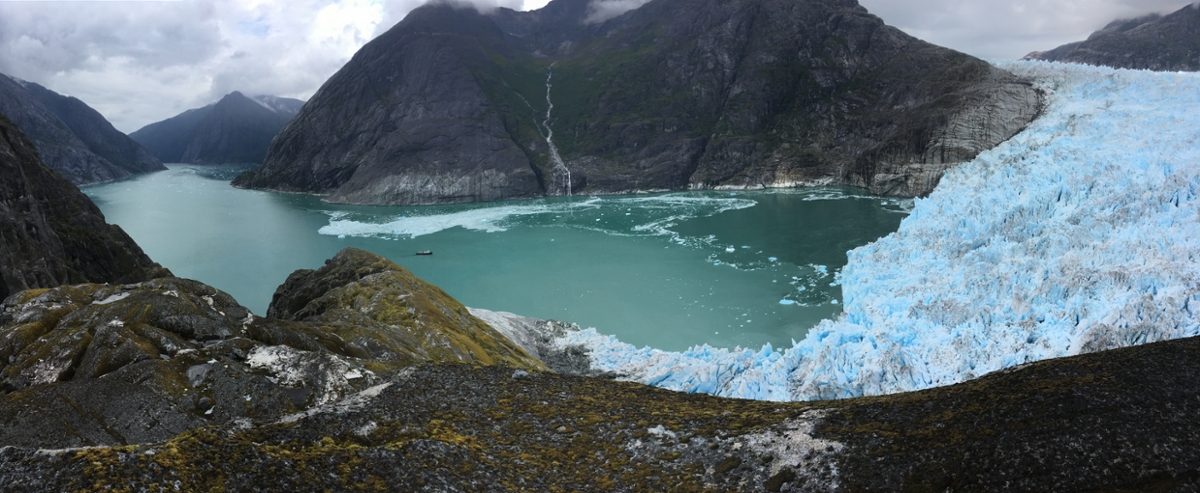
Impact of Subglacial Discharge on Turbulent Plume Dynamics and Ocean-Glacier Heat and Mass transfer
Principal Investigator: Jason M. Amundson, Ph.D.
- Funding Source: National Science Foundation - Arctic Natural Sciences: $501,803
Recent and on-going retreat of many Northern hemisphere marine-terminating glaciers is contributing significantly to sea level rise. It is driven by poorly understood processes occurring at the ice-ocean interface, such as subglacial discharge into the ocean, turbulent plume dynamics, submarine melting, and iceberg calving. These processes are (1) inherently interdisciplinary, requiring expertise in both glaciology and oceanography and (2) difficult to observe, requiring innovative field techniques and careful site selection. This project will address the relationship between subglacial discharge, turbulent plume dynamics, and submarine melting through a comprehensive field campaign at LeConte Glacier, Alaska, supplemented by a state-of-the-art modeling effort. The field site is ideal because it spans a wide range of forcings on daily to seasonal time scales and because the near-terminus fjord environment is accessible year round. A successful project will provide a unique data set and improved models for projecting contributions to future sea level rise.
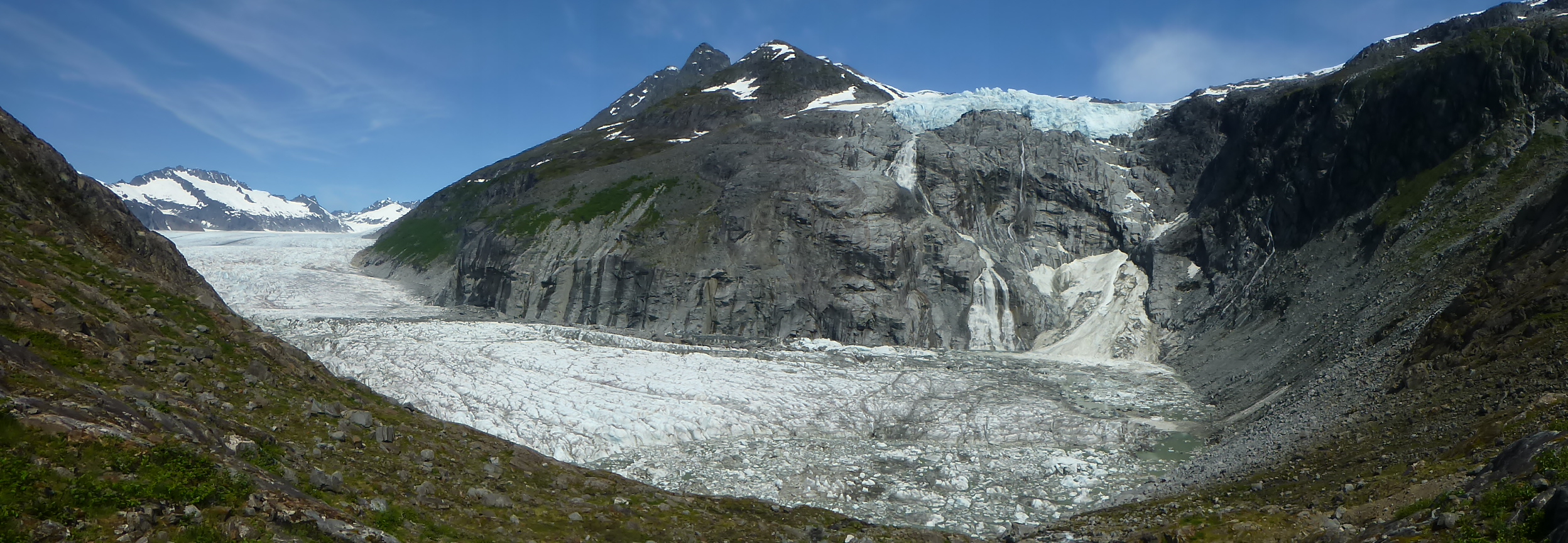
Outburst flood monitoring at Mendenhall Glacier’s Suicide Basin, Juneau, Alaska
Principal Investigator: Christian Kienholz, Ph.D.
- Funding Source: Alaska Climate Adaptation Science Center: $155,000
Since 2011, Mendenhall River has experienced several large outburst floods that originate at Mendenhall Glacier’s Suicide Basin. The floods have resulted in inundated homes along the river, flooded and evacuated campsites, and closure of several residential roads. In this project we observe the evolution of lake level, ice dynamics, and ice surface mass balance in Suicide Basin, using in-situ and remote sensing instruments such as water level gauges, time-lapse cameras, and drones. These measurements support longer-term flood risk assessments and constrain real-time flood modeling efforts. The project is in collaboration with the U.S. Geological Survey, the NOAA Weather Service office, and the City and Borough of Juneau, and involves graduate and undergraduate students from the University of Alaska Fairbanks and the University of Alaska Southeast.

Analysis of long-term census data to identify factors affecting survival and life history strategies of coho salmon
Principal Investigator: David Tallmon, Ph.D.
- Funding Source: North Pacific Research Board: $82,195
A major unknown facing salmon (Oncorhynchus spp.) fisheries biologists and managers is how climate change and other factors will affect abundance. This proposed research makes use of >35 years of census data to investigate the factors that influence marine survival and life history strategies of coho (O. kisutch) salmon from Auke Creek, AK. It builds upon findings from our previously funded NPRB project which has revealed dramatic shifts in Auke Creek juvenile and adult salmon run timing over the previous three decades. Because early marine survival is such an important life history stage, an outstanding question is whether shifts in run timing of Auke Creek salmon will lead to mismatches between their migrations and optimal environmental conditions (the “mismatch hypothesis”). In 2016, we recorded the earliest (tied) and lowest run ever of Auke Creek adult coho spawners following a few years of warm temperatures. The primary goal of this project is to quantify the effects of key environmental and biological covariates on coho marine survival and life history strategies. We will take advantage our unique, long-term dataset in a Bayesian framework to examine factors affecting coho survival and abundance. Ultimately, understanding the impacts of climate change on salmon populations and accurately predicting response of these populations to climate change is necessary for successful management, harvest, and conservation of these economically and ecologically important fishes. Because the Auke Creek provides censuses of migrating smolt and spawning coho, our dataset provides an unequalled resource to investigate factors affecting salmon survival.

Salmon Adaptation Genomics
Principal Investigator: David Tallmon, Ph.D.
- Funding Source: Build-BLaST: $42,006
The timing and duration of Pacific salmon spawning in Alaska is critically important for subsistence and commercial users of this food resource. The timing and duration of salmon spawning is shifting to earlier dates and compressing in response to climate warming. Increasingly warmer temperatures and lower stream flows have contributed to earlier and shorter duration runs of spawning salmon and to increasingly hypoxic (low oxygen) conditions. This project tests for phenotypic and genetic differences between female pink salmon that survive to reproduce versus those that do not under the crowded and warm conditions present during salmon spawning.
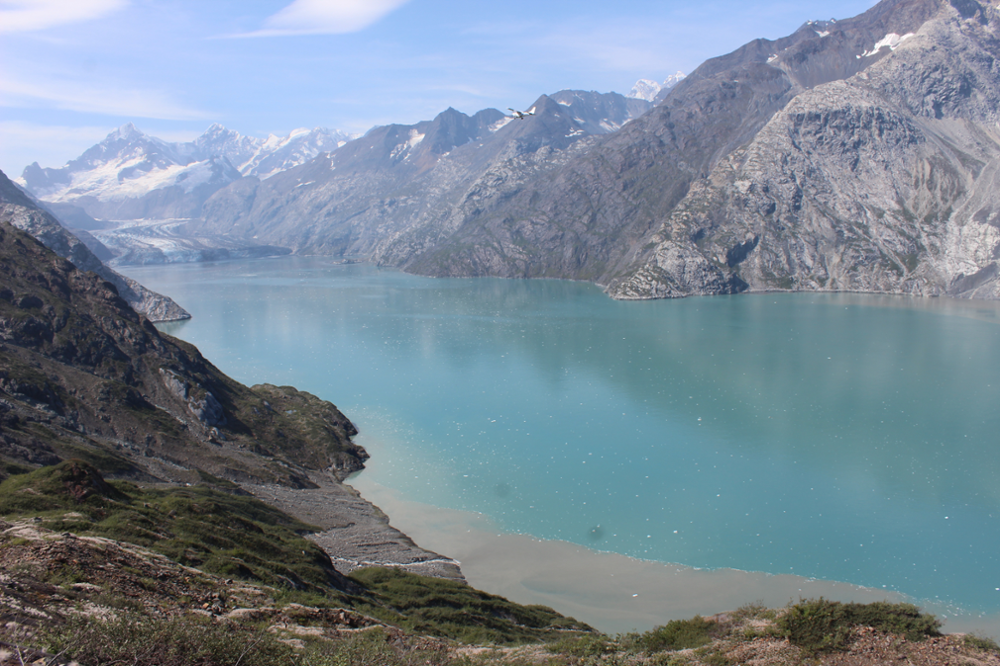
Impact of glacier and fjord dynamics on seal habitat
Principal Investigator: Jason M. Amundson, Ph.D.
- Funding Source: North Pacific Research Board: $244,888
Tidewater glacier fjords are highly dynamic environments that are affected by several glaciological and oceanographic processes: (i) subglacial discharge creates upwelling plumes that drive estuarine circulation and promote submarine melting of glaciers and icebergs, (ii) iceberg calving, which is affected by submarine melting, is a stochastic energy source that mixes near-glacier waters and produces waves that crash on shore and cause icebergs to capsize, and (iii) motion of icebergs and fjord waters are affected by winds, tides, and subglacial discharge. Biologists and glaciologists working in fjords have not traditionally worked together, and consequently little is known about the impact of these processes on fjord ecosystems. Numerous species reside in tidewater glacier fjords, including harbor seals, which seasonally aggregate in fjords and use ice habitat for critical life functions including pupping, molting, and foraging. Seals that haul-out on icebergs during the pupping and molting seasons take longer and deeper dives for feeding than those that use terrestrial haul-outs, but may acquire higher quality food. Additionally, icebergs do not flood during high tide, which increases the amount of time that seals can remain hauled-out and that pups can spend nursing, thus increasing energetic intake. Many basic questions remain unanswered, and the energy costs of coping with a constantly evolving landscape are unknown. This project addresses these deficiencies by investigating the temporal and spatial variability of seal habitat in Johns Hopkins Inlet, Glacier Bay, by synthesizing aerial surveys with high-rate time-lapse photogrammetry. Advances in camera and computer technologies have only recently made this type of observational survey possible. Results from this study will be of interest to biologists, glaciologists, and oceanographers working in fjords in the North Pacific and around the world, and will be of particular interest to National Park Service (NPS) employees that are responsible for wildlife management.
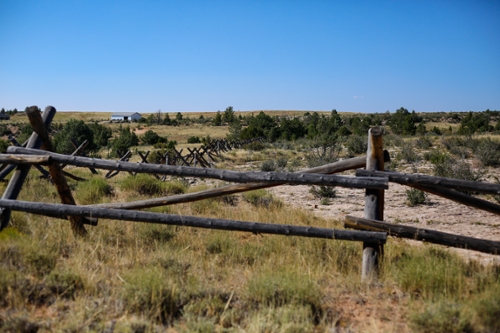
The Need for Embodied Dramaturgy: The Laramie Project and Generation Z
Principal Investigator: Carin D. Silkaitis, M.F.A.
20 years after the murder of Matthew Shepard, I introduced The Laramie Project to a group of undergraduate students. Observing cast members' first experience of the characters, a troubling lack of empathy to the complexity of this tragic story became apparent. Of primary concern was that decades of progress made towards LGBTQIA equality stripped this story of its relevance. Geographic and generational bias is natural and expected but ultimately requires a new dramaturgical approach. We offer reflections on the methodology developed to address this gap: an embodied dramaturgical approach to our pre-production work culminating in a full cast and crew research trip to Laramie, Wyoming. Through photos, video, soundscapes and observations, we illuminate the impacts of using a place-based, psycho-somatic sensory approach to dramaturgical research. This experience created physical and emotional transformation in the participants that can inform future dramaturgical work particularly for stories that are deeply unknown and unfamiliar to the cast and crew. Together, we found that stories like “The Laramie Project” continue to be relevant. Although progress has been great, the threat of anti-LGBTQIA violence is still very real for many people. Employing an embodied approach can enhance storytelling and empower further progress with the benefit of today’s experience.